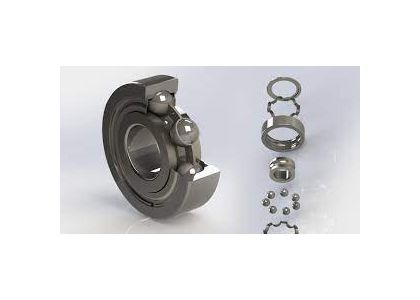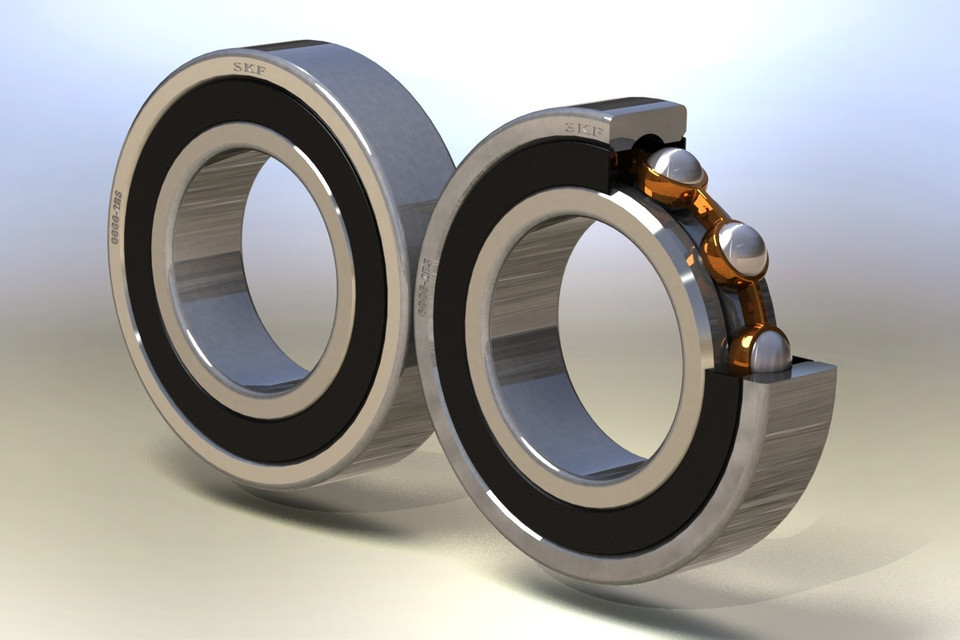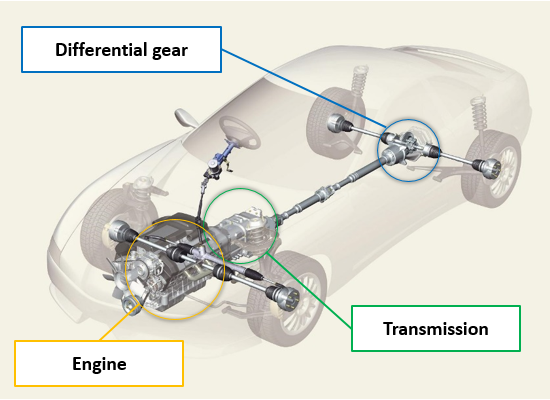INDUSTRY NEWS
The Top Bearing Knowledge Keeping the World Moving

Bearings are essential components for reducing friction and enabling rotation in machinery. Though often overlooked, they are vital elements that power transportation, generate energy, spur productivity and improve technology across diverse fields. Advancing one's understanding about bearings helps gain a deeper appreciation for their far-reaching influence in industry and society.
Types of Bearings. The most common types are ball bearings, roller bearings, plain bearings and jewel bearings. Ball and roller bearings use hardened steel balls/rollers and races for low friction rotation under significant loads. Plain and jewel bearings utilize sliding contacts under lighter loads. More specialized bearings include magnetic, air, needle and thrust bearings designed for unique applications like high speeds, heavy axial loads or vacuum environments.

Materials and Designs. Bearing materials have properties suitable for high precision, reduced friction, heat/chemical resistance, electrical insulation or cost efficiency. Common materials include steel alloys, ceramics, plastics and precious stones. Cage and roller designs (such as tapered, spherical or cylindrical) determine load capacities, speed ratings, noise/vibration levels and installation methods for different applications. Lubricants also reduce friction/wear but must suit bearing material and operating temperatures.
Loads and Life. Bearings are rated and selected based on static and dynamic load capacities. Exceeding these limits risks permanent damage or premature failure. Life expectancy depends on bearing material, size, lubrication and operating conditions including load, speed and temperature. Proper sizing and lubrication prevents overloading and ensures maximum service life, reliability and cost efficiency.
Applications. Bearings are ubiquitous components enabling machinery across diverse applications. They are essential for power generation in hydro, wind and combustion turbines; propelling transportation via engines, wheels, gears, and suspensions; driving production equipment including pumps, compressors, conveyors, CNC machines and robotics; constructing infrastructure like elevators, escalators and rotating architectural features; and powering consumer devices such as washers, refrigerators, hard drives, gaming systems and cordless tools.

Advancements. New bearing technology improves performance in specialized applications like aero-engines, EV motors, high-speed machining and renewable energy. Examples include high temperature alloys and ceramics; low-friction polymer and fluid film bearings; "smart" bearings with integrated sensors; and high precision custom-designed bearings. Digital tools help predict remaining useful life, enabling "predictive maintenance" and maximizing operating efficiency.
Continuous progress in bearing technology and manufacturing has fueled mechanical and societal advancements for over a century. By understanding bearing fundamentals, one gains deeper insight into what drives the modern world. Bearings may be small, but their impact and relevance remain enormous due to the diverse and critical applications they empower daily. Staying on the cusp of bearing knowledge is vital for continued innovation and achieving technological milestones.